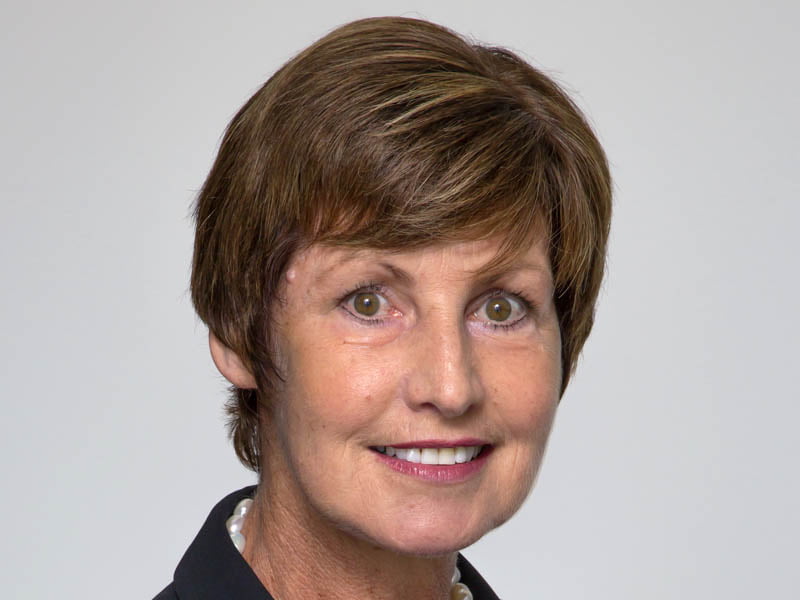The Health department says data from the federal MyHealth Record service could be made available for commercial medical research purposes, even while it revealed details of a $100 million media strategy during the opt-out period of the program in July.
Department deputy secretary Caroline Edwards told a Senate estimates hearing that the data could “potentially” be released to commercial medical research agencies in a de-identified form if they were conducting research in a joint capacity with public health bodies.
Ms Edwards said the data would not be made available for commercial purposes such as within the insurance industry, but when closely questioned as to whether pharmaceutical companies might be given access to it she conceded this was possible.

“A drug company which is getting the data for the purpose of research which is, for example, going to create a life-saving medicine might be able to accept it, but only for that purpose,” Ms Edwards said.
That appears to be in contradiction with media reports early May on the governance framework for secondary use of the My Health Record data.
Earlier reporting of the framework said the data could not be used for commercial and non-health purposes, including direct marketing to consumers, insurance assessments, and eligibility for welfare benefits.
Also, during the hearing official witnesses said that they weren’t able to comment on the outcome of particular components of the My Health Records system as the governance framework was “not yet finished”.
Medical practitioners and institutions have been signing up patients to the system on a voluntary, opt-in basis for five years, accruing around five million records.
However, it has become controversial since the government recently decided to move to an opt-out system to address low uptake.
Every Medicare recipient will receive a record for sharing between medical and pharmaceutical providers by default unless they choose to opt-out of the system during a three-month period from July 16. They will also have the option to erase the record at any time after the three-month period passes.
The committee heard evidence that the system’s benefit was expected to increase with participation and that the medical community was highly in favour of the opt-out system. However, privacy advocates see the shift as trampling on the civil liberties of Australians who gave their consent for the system to be created on different terms.
The committee queried issues around so-called “secondary use” of the data at length during the hearing Tuesday, teasing out the details of the controversial scheme.
Health department Secretary Glenys Beauchamp said that, under the governance framework, the Australian Institute of Health and Welfare (AIHW) would be the custodian of the data and that the institute’s ethics committee would consult with stakeholders before accepting the data. The AIHW board would then decide on any authorisation of its release for secondary use.
In the meantime, the committee heard details of how it would spend around $100 million set aside for an education and media campaign to warn Australians of the impending scheme during the opt-out period to be launched on the July 16.
It would make information available from 15,000 medical outlets, including GPs, chemists and hospital, and 3,600 Australia Post outlets. The Department of Human Services would include information about the scheme at locations generating 80,000 contacts per day and in letters reaching three million people. It’s also working through primary health networks (PHN) to reach indigenous populations.
It has also singled out five PHNs to conduct an extensive media campaign involving print, radio and some TV advertising. It has purchased space in the pages of 20 million copies of Chemist Warehouse and Terry White Chemmart’s magazines and made arrangements with other medical consumer advocates.
“What people want with this rather complex message around opt-out is to be able to talk to a care professional in the first instance and otherwise to a trusted advocate in their community network so that has been the focus of the work we’ve been doing,” a department witness said.
“But generally speaking the research has indicate d to us very clearly that there are other more effective approaches to ensuring people are really aware of their rights than national television,” he added.
Do you know more? Contact James Riley via Email.

